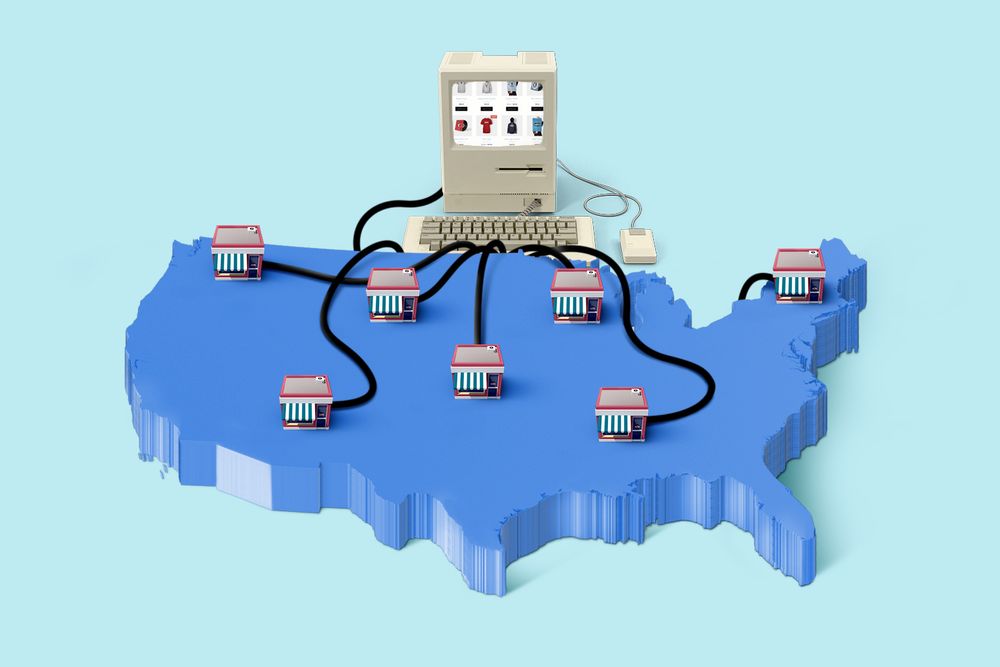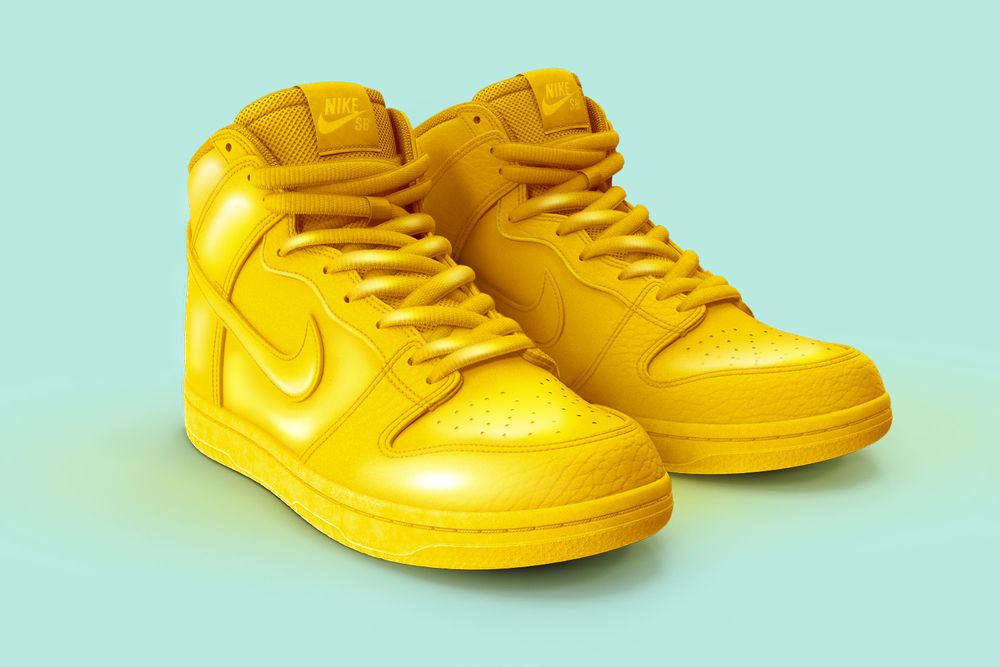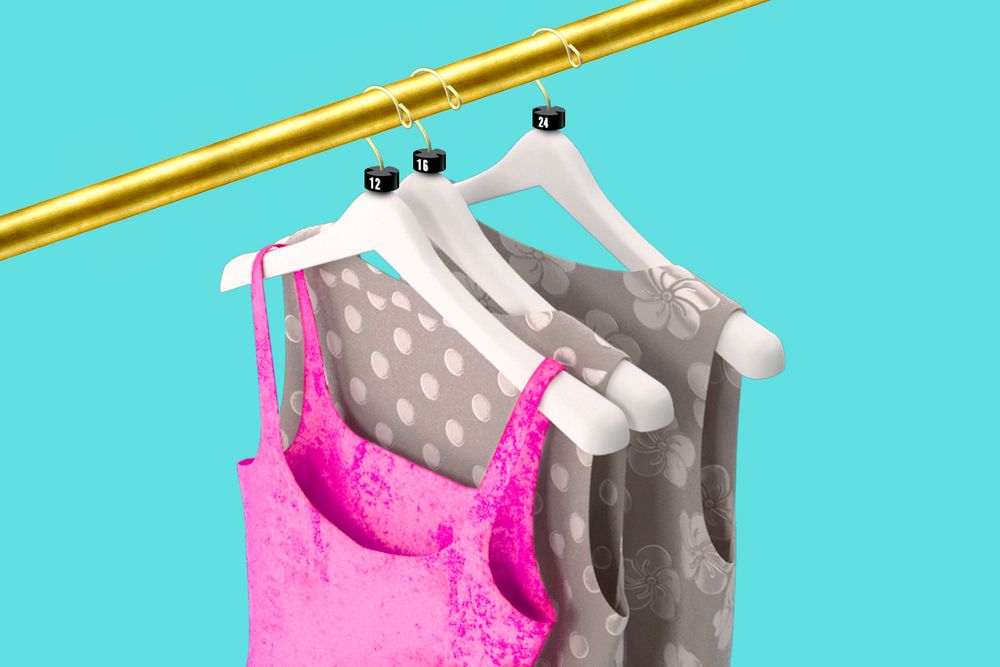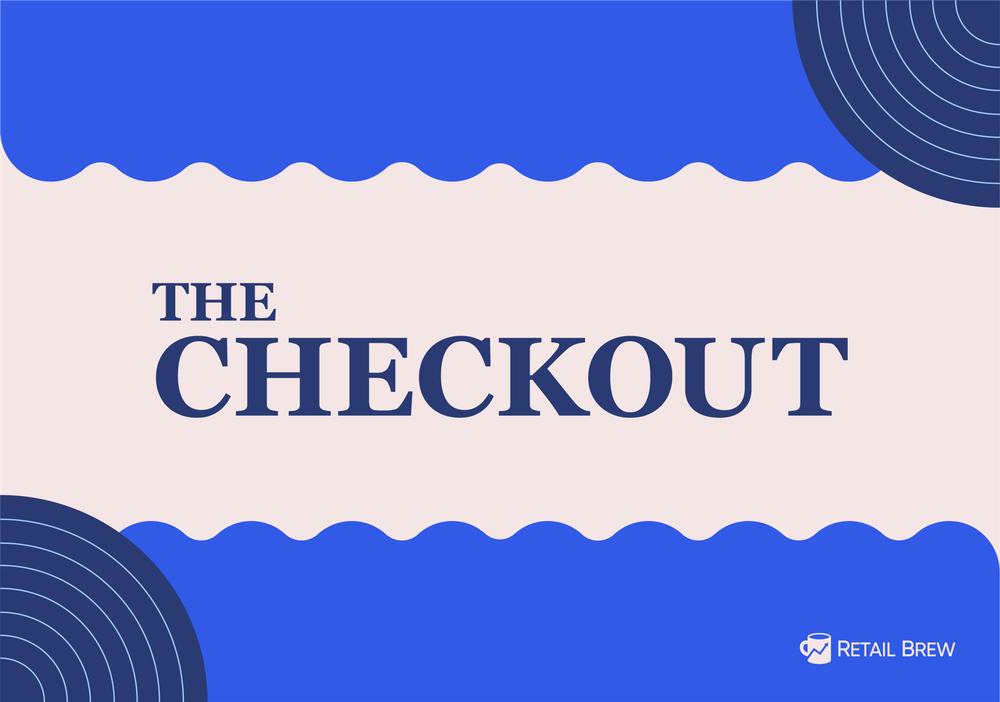|
Good afternoon. Our convo with Warby Parker cofounder and co-CEO Dave Gilboa is just around the corner—and by that, we mean tomorrow. Sign up here to learn about how the DTC darling is approaching its new stores (35 to come this year) and the transformed workforce.
In today’s edition:
- Retail’s space race
- Nike maintains its momentum
- Nordstrom Rack plans to rack it up
—Katishi Maake, Julia Gray
|
|
|
|
It’s no secret that e-comm dominated in 2020. But retailers know there’s still a lot of value in brick and mortar, and there’s space to be gobbled up—for now.
Get it while it lasts: The market is showing a lot of movement, according to two experts Retail Brew spoke with. Here’s the breakdown of retail vacancy rates in Q1 2021 versus Q1 2020 in major US markets, per CBRE:
- Chicago: 11%, 12%
- Dallas: 11%, 9%
- New York: 10%, 8%
- Austin: 8%, 7%
- Boston: 8%, 8%
- Washington, DC: 8%, 7%
- Los Angeles: 8%, 7%
- San Francisco: 7%, 5%
Retailers are racing to grab IRL space, and for good reason: 43% of respondents to a Retail Brew/Harris Poll survey in March said they’ll mostly shop in-person post-pandemic. Less than a quarter (24%) said the same about shopping online.
Many of these retailers are e-commerce players opening up stores for the first time, Lance Marine, SVP of retail services at CBRE, told us.
- “I can't tell you how many of the concepts we deal with are doubling down on their brick and mortar strategy once they bested the infrastructure and backbone of the e-commerce platform,” he said.
-
3,300+ stores are expected to open in the US this year, according to Coresight Research.
Mix it up: More than ever, landlords want to diversify their retail tenants, and are shifting more toward restaurants and showroom concepts, Anjee Solanki, national director of retail services at Colliers, told us.
- “A lot of this has to do with cities starting to say we need to start moving these opportunities forward to enhance that location, community, and/or market.”
The markets seeing more retail activity, according to Solanki, include Florida; Nashville, Tennessee; San Diego; and the Seattle suburbs.
Looking ahead: Marine and Solanki both expect the retail space race to heat up even more once offices reopen across the country.
-
“It's competitive because you're seeing certain brands that are expanding very, very quickly,” Solanki said. “You're also seeing new emerging concepts growing in the non-traditional kind of retail space”—KM
|
|
|
|
Nike’s Q4 earnings sprinted past estimates last week with no signs of slowing down. The athletic wear giant is expecting revenue to surpass $50 billion in 2022—and seems to have landed on the winning strategy.
The workout: Nike is exercising a focus on customer loyalty with its membership model. 300 million Nike members worldwide helped fuel a record $3 billion in online sales during the quarter.
“The loyalty program and [Nike’s] various apps [help Nike] figure out who that customer is, so they could then feed that into what they’re doing on Nike.com,” Kristin Kohler Burrows, senior director of Alvarez & Marsal’s consumer and retail group, told Retail Brew.
Cut from the team: The company is also thinking strategically about wholesale partners as it zeroes in on DTC. Chief Financial Officer Matt Friend said in an analyst call that DTC is expected to comprise 60% of the biz by 2025, up from ~40% now.
-
In March, Nike said goodbye to Big 5 Sporting Goods, DSW, Dunham’s Sports, Olympia Sports, Shoe Show, and Urban Outfitters.
-
Last year, nine partners, including Belk, Dillard’s, and Zappos, met the chopping block.
“Nike only picked those partners that could really represent the brand the way they want it to be represented. If you look at their partnership with Footlocker, they've identified the biggest player in the marketplace. They both need each other,” Burrows said.
“At the same time, those players are so reliant on Nike that they also realize they have to play by Nike's rules.”—JG
|
|
|
|
We are making a decree (it’s our ad; we can do what we want). Summer 2021 is officially "Hot Store Summer.”
The world is opening. The people are hittin’ the streets (and the malls and the outlets and anywhere that’s not their couch), and retailers need to be ready.
Which means you should offer Buy Now, Pay Later using Afterpay. Why Afterpay? Their whole mantra is not just simply pay later, but pay better.
As a retailer, your opportunity with BNPL is massive. Spending using this payment method has increased 180% this year. Plus, 86,000 retailers globally are already Afterpay superstars—meaning you’re not just in good company, but smart company.
More than half of US consumers want to use BNPL at physical retail stores, so if you want to be part of Hot Store Summer, you need Afterpay.
Get all the BNPL deets here.
|
|
|
|
And you thought our NRF Retail Converge coverage was over.
At one of the conference’s final events, Nordstrom Rack President Geevy Thomas dished on the company’s plans to grow sales by $2 billion over the next five years.
For starters…There’s precedent. Nordstrom Rack was a ~$1.3 billion operation in 2010, Thomas said, and it’s expanded by ~$2 billion every five years since. Plus, it’s still Nordstrom’s fastest growing biz.
What’s in store: Well, actually, a focus on digital—which is sort of off-brand for off-price.
-
“Finding ways to bring product to customers in a convenient way is key to retailing today,” Thomas said. “Our competition has done it by opening thousands of stores,” nodding to Burlington’s goal of 2,000 and TJ Maxx’s continued expansion.
Nordstrom Rack, on the other hand, only has 243 locations in the US, Thomas said, “but we are in everybody’s phone.”
- That should bode well for winning over Gen Z.
-
Younger customers are also gravitating toward buy now, pay later services; Nordstrom has already partnered with Klarna and QuadPay, and last week added Afterpay.
Friends in close places: Part of what makes a Nordstrom Rack store successful is colocation. Thomas said proximity to Nordstrom full-line stores “makes it easy for our customers to flow back.”
-
“83% of...online returns come back to Rack stores,” Thomas said.—KM
|
|
-
Burberry CEO Marco Gobbetti will step down later this year to take the top spot at Salvatore Ferragamo.
-
Venmo will charge users to sell goods and services, per The WSJ.
-
Shein, the Chinese fast fashion site, now owns 28% of the US fast fashion market.
-
Former Starbucks workers told Business Insider that mobile order customizations are out of control.
-
Skims, Kim K.'s DTC loungewear brand, is designing a collection for Team USA at this year’s Olympics. It’ll also sell a coordinating consumer line.
|
|
|
|
How Princess Polly became a fashion queen. Yotpo helped Princess Polly drive millions in sales in just three months with SMS marketing. This fast-growing Aussie fashion brand was looking to up their brand loyalty by adding a personal touch to their marketing efforts, and it’s safe to say Yotpo delivered (millions of times over). See exactly how they did it.
|
|
|
Today’s top retail reads.
Rainbow capitalism: The corporatization of Pride warrants critique, but the conversation can overshadow the companies genuinely fighting for equality. (WWD)
Dystopia: A look back at the evolution of Prime Day, Amazon’s greatest, most ominous creation. (The Atlantic)
Global hops: AB InBev, maker of one in every four beers sold worldwide, traced the pandemic’s global impact. (WSJ)
|
|
|
At the mall, it’s where band tees are the only tees. In Retail Brew, it’s where we invite readers to weigh in on a trending retail topic.
Secondhand is poised to grow faster than the overall apparel market—hitting $77 billion by 2025, according to ThredUp’s latest resale report. Companies are taking note and making investments.
- 53% of millennials and Gen Z say they’ll spend more on secondhand in the next five years.
- Resale is projected to make up 61% of the secondhand market by then.
Hot or not? In the next five years, where will most consumer spending on apparel go? Cast your vote here.
Circling back: Last week, we asked, “What strategy is best for retailers to capture new customers as we emerge from the pandemic?” Nearly half of you (49.3%) believe social media is the way to go, while 26.1% said third-party marketplaces are a better fit. 21.7% are sticking with IRL stores.
|
|
|
|
We’re one (!) day away from Retail Brew’s The Checkout event with Warby Parker’s cofounder and co-CEO, Dave Gilboa. If you haven’t completed your (free) registration for the event on tomorrow, June 29 at 1:30pm ET, maybe you should? Especially if:
- You want to learn how the pandemic shifted the way frontline workers operate.
- You want to know what’s in store for Warby Parker’s new brick and mortar shops.
RSVP right here to guarantee your spot and share your questions for Dave. Can’t wait to see you!
|
|
|
Catch up on the Retail Brew stories you may have missed.
|
|
|
Written by
Julia Gray and Katishi Maake
Illustrations & graphics by
Francis Scialabba
Was this email forwarded to you? Sign up here.
|
ADVERTISE // CAREERS // SHOP // FAQ
Update your email preferences or unsubscribe here.
View our privacy policy here.
Copyright © 2021 Morning Brew. All rights reserved.
22 W 19th St, 8th Floor, New York, NY 10011
|
|










